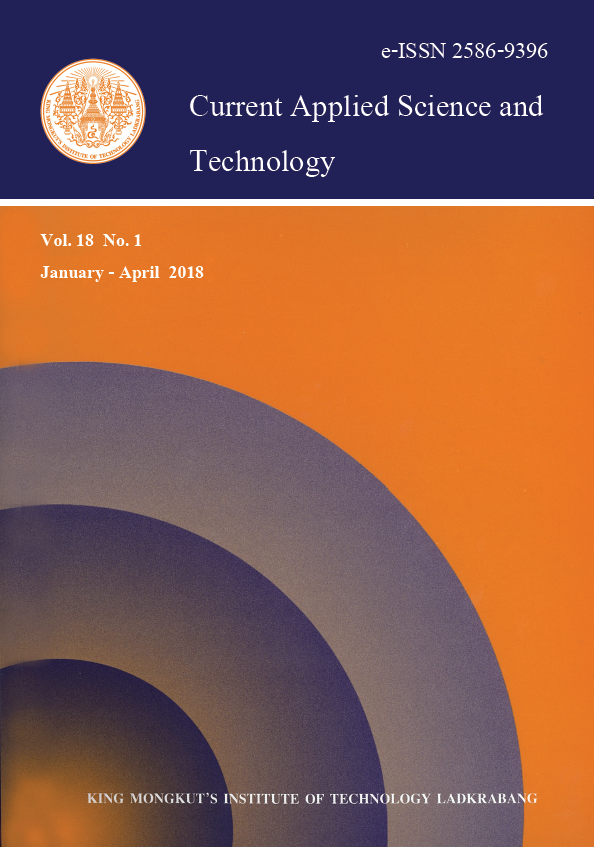Coronavirus (MERS-Cov) caused the occurrence of Corona. First infected case was reported in 2012 during a poultry outbreak in Saudi Arabia. After that, there were the reports of the sporadic outbreaks in all regions. In this study, we considered the transmission cycle between two population groups: Thai and South Korea. Each population group was divided into susceptible, exposed, infected, quarantine and recovered groups. The behaviors of the solutions were obtained using a standard dynamical modeling method. The stability conditions for the disease free equilibrium state and disease endemic equilibrium states were determined. The basic reproductive number R0 is obtained. When R0<1, the disease-free state was locally asymptotically stable. If R0>1, the endemic equilibrium state was locally asymptotically stable. The numerical solutions were shown for supporting the theoretical results. We found that when we decreased (the rate of susceptible Thai human changes to become an exposed Thai human and (the rate at which South Korean population moved out the country), the number of coronavirus case was decreased and outburst of coronavirus epidemic was shorter.
Keywords: Basic reproductive number, mathematical models, MERS, stability, standard
dynamical modeling theorem
*Corresponding author: E-mail: kppuntan@kmitl.ac.th
Lamwong, J. ., Tang, I. ., & Pongsumpun*, P. . (2018). Mers Model of Thai and South Korean Population. CURRENT APPLIED SCIENCE AND TECHNOLOGY, 45-57.

https://cast.kmitl.ac.th/articles/128074